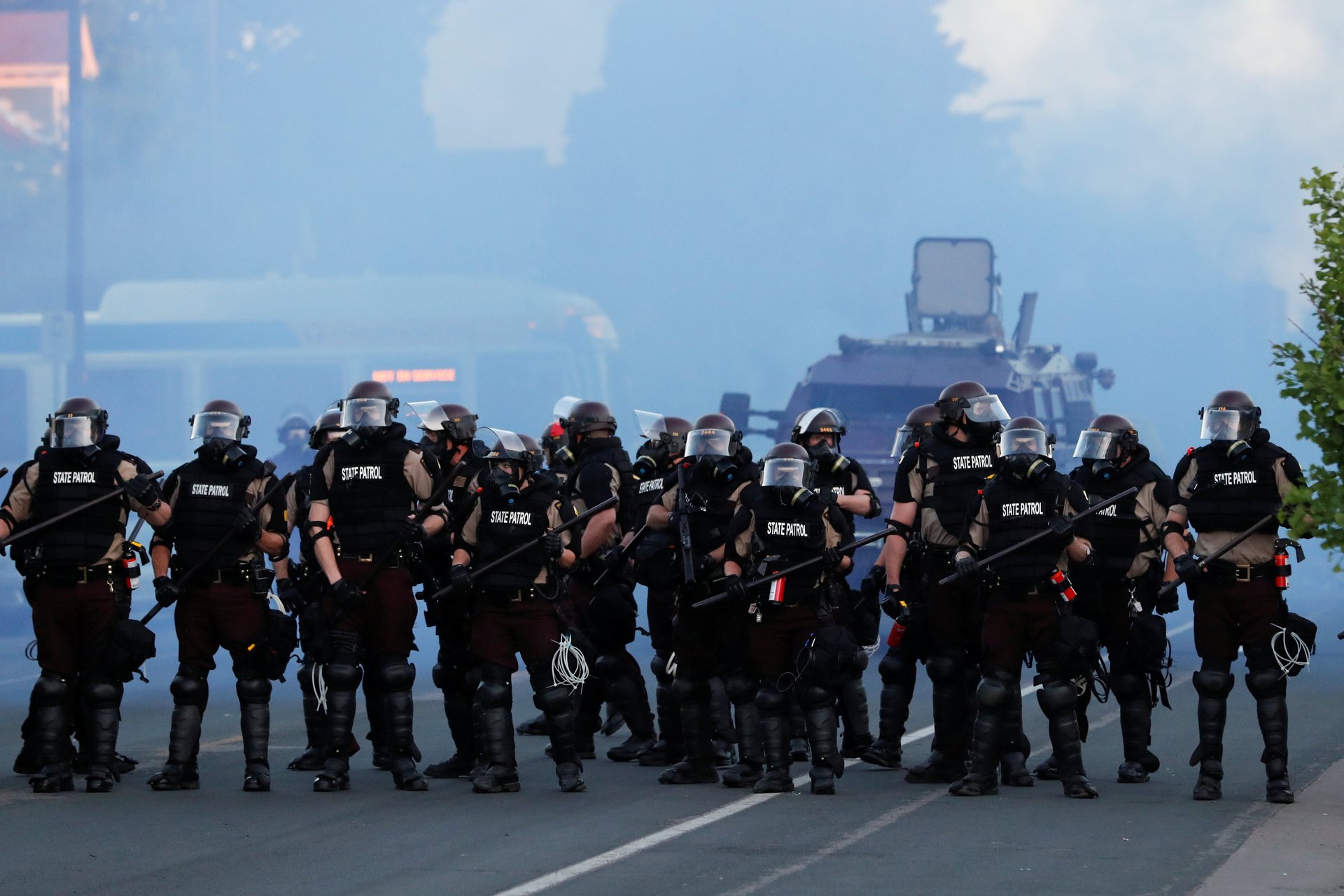How the US ranks among other wealthy countries on police killings
The calls for police reform in the United States have grown louder since the death of George Floyd, a Black man killed in police custody last summer. Even after Tuesday’s conviction of Derek Chauvin, the former Minneapolis police officer charged with the murder of Floyd, those calls are unlikely to fade.


The calls for police reform in the United States have grown louder since the death of George Floyd, a Black man killed in police custody last summer. Even after Tuesday’s conviction of Derek Chauvin, the former Minneapolis police officer charged with the murder of Floyd, those calls are unlikely to fade.
The US has the highest rate of police killings among most wealthy countries, according to a report from the Prison Policy Initiative (PPI), a criminal justice think tank. The report found that the US has at least three times the number of police killings compared to peer countries. Just as the Chauvin verdict was announced, another police killing had reportedly occurred in Columbus, Ohio.
PPI, which compiled data from news sources, government reports, and advocacy groups between 2017 to 2019, looked at 11 comparable countries with verifiable data on police killings.
How US policing stands out
The stark contrast in the number of killings mirrors the difference in how the US handles policing.
Tactics and training in America’s police departments tend to focus on technical skills, particularly the use of force, rather than communication and restraint, according to the Council on Foreign Affairs. By contrast, in Germany, police training focuses on how to avoid using force. In Japan, officers are trained to use martial arts. The police in the US also tend to have more disparate responsibilities and spend less time in police training programs than those in most European countries.
The police systems in peer countries are far more centralized than the police forces in the US. For instance, Sweden has a single national force overseen by the federal government. Meanwhile, the US has about 18,000 law enforcement agencies spread among local, state, and federal police forces. Some experts argue that a more standardized training and oversight could help address issues in US policing.
The differences perhaps may help illustrate why protestors have been rallying for police reform for so long.